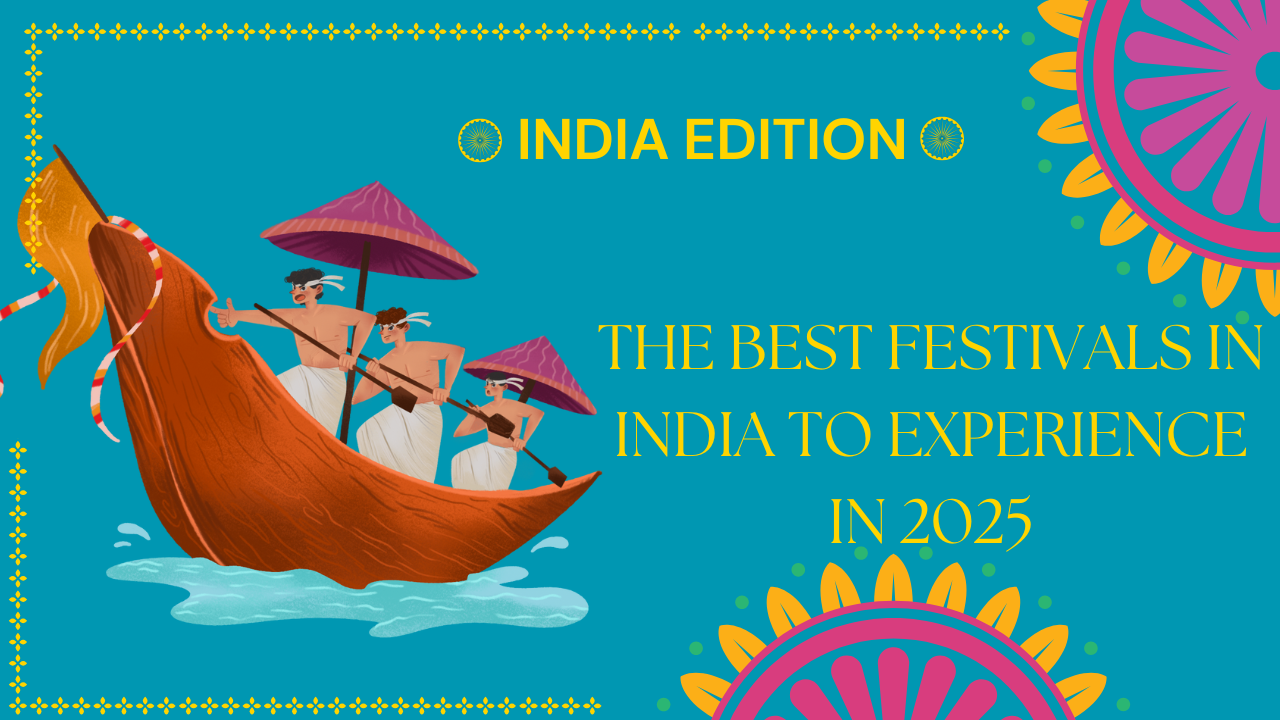India doesn’t just celebrate festivals – it lives, breathes, and explodes with them. With every season, every region, and every community offering a colorful slice of culture, 2025is shaping up to be a spectacular year for festival-hopping across India. So, if you’re planning a trip or just curious about the best times to witness India’s vibrant spirit, buckle up! We’re diving deep into the most iconic festivals happening across the country this year.
Table of Contents
Springtime Splendor – March to May
Holi – The Festival of Colors (14 Mar, 2025)
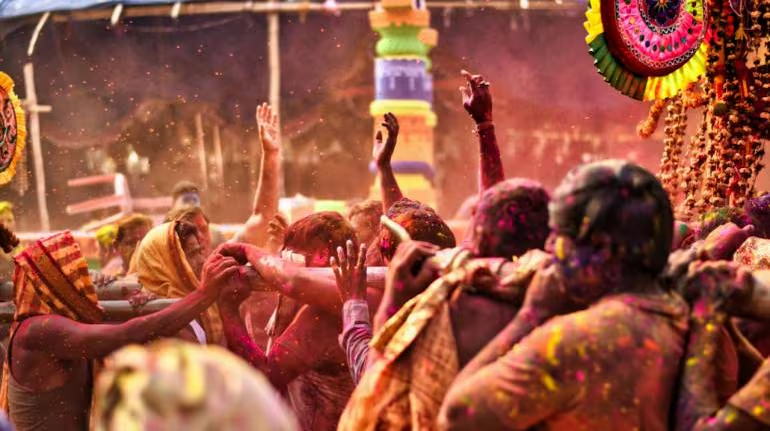
If there’s one Indian festival that’s made it to global bucket lists, it’s Holi. Celebrated all throughout India, it symbolises the triumph of virtue over evil and the coming of spring. Let’s face it, though: the majority of people attend for the colour battles.
Best places to celebrate: Mathura and Vrindavan for a traditional vibe, or Delhi and Jaipur for a more upbeat experience. Picture yourself drenched in every color imaginable, dancing to drums, and laughing with strangers. It’s chaos — the joyful kind.
Bihu – The Assamese New Year
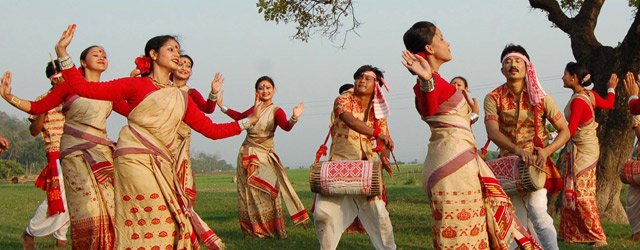
Rongali Bihu marks the Assamese New Year and is all about celebrating the arrival of spring. Think of folk music, bamboo dances, and feasts that can feed an army. It’s raw, it’s rustic, and it’s incredibly welcoming.
Pro tip: Head to Guwahati or rural Assam for the most authentic experience.
Thrissur Pooram – Kerala’s Grandest Temple Festival
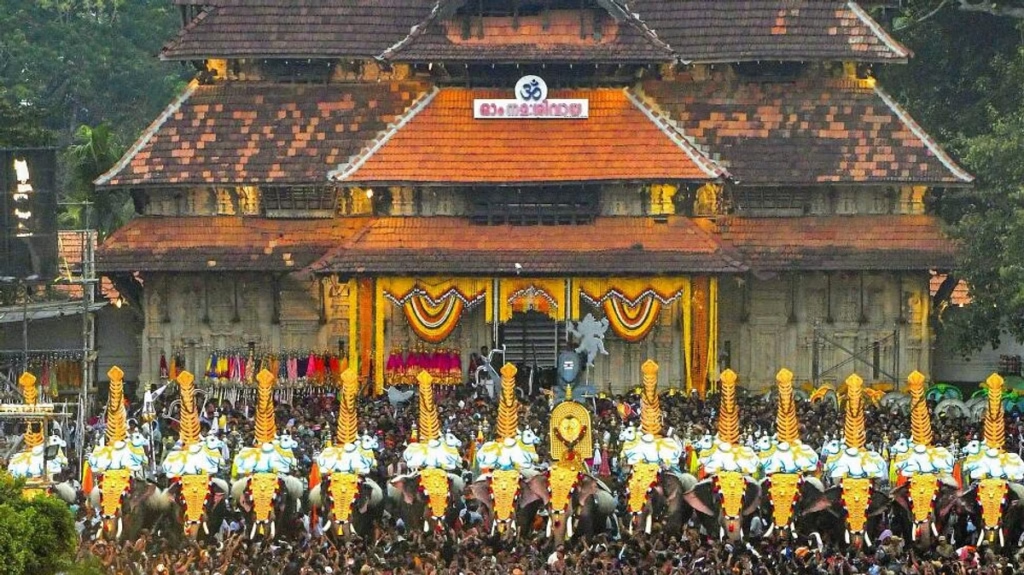
Set in the cultural capital of Kerala, this temple festival is like a spiritual EDM concert. Over 30 elephants decked in gold, blaring percussion ensembles, and a firework showdown that lasts all night — what’s not to love?
When & Where: May 2025 in Thrissur. Book early, it gets packed!
Summer Celebrations – June to August
Hemis Festival – Ladakh’s Buddhist Extravaganza
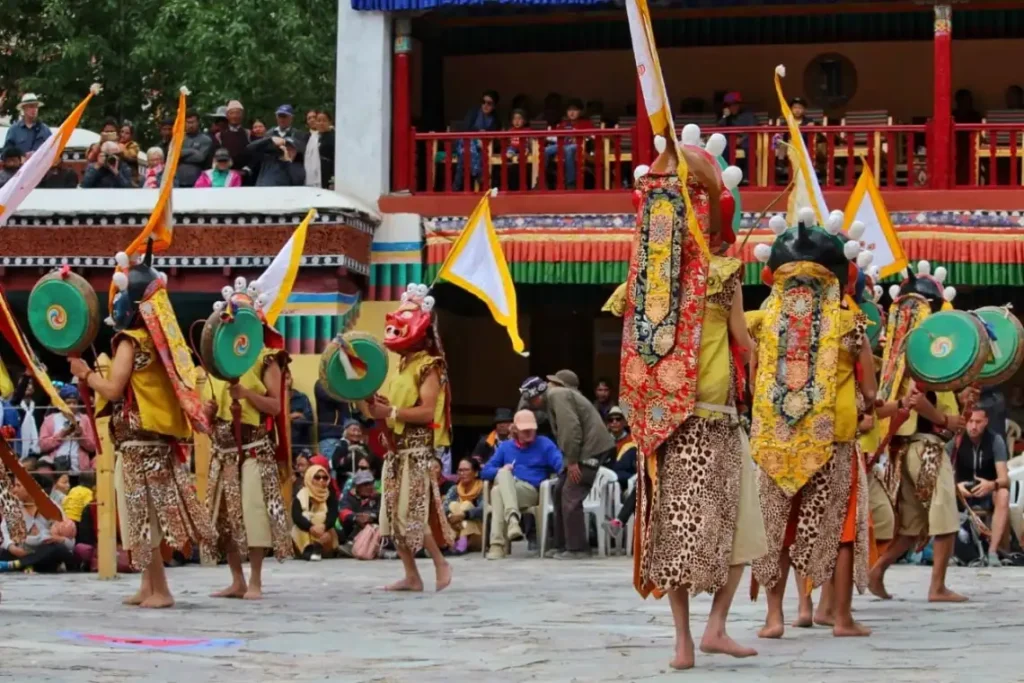
This two-day festival, which takes place at the Hemis Monastery in Ladakh, features captivating mask dances, vibrant robes, and chanting that seem to reverberate across the Himalayas. It pays tribute to the founder of Tibetan Buddhism, Guru Padmasambhava.
Why go: It’s spiritual, scenic, and cool — literally, thanks to the altitude.
Rath Yatra – Jagannath Puri (27 Jun, 2025)
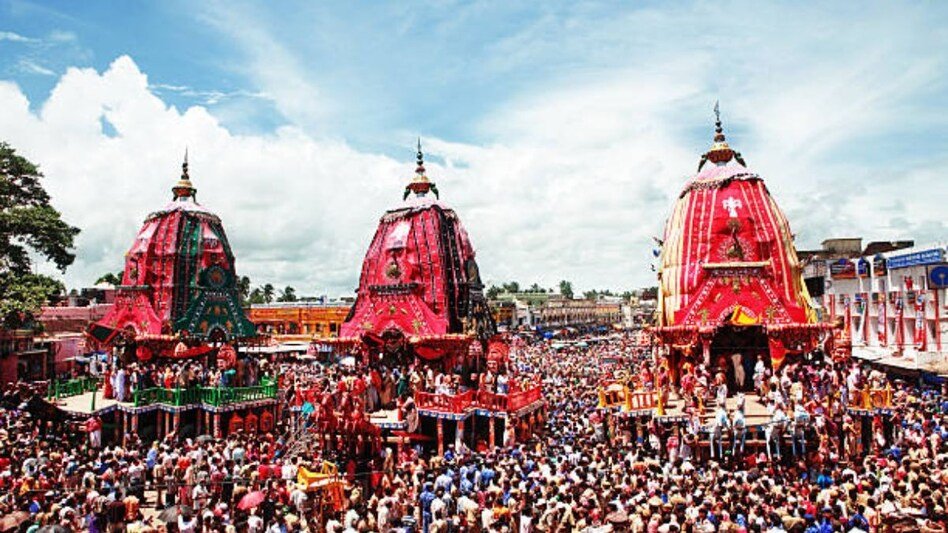
Rath Yatra is not your average religious parade. In Puri, Odisha, three massive chariots carry Lord Jagannath and his siblings through the streets as millions throng to pull the ropes. It’s intense, emotional, and deeply spiritual.
Travel tip: Stay hydrated, wear light clothes, and be ready to be part of a sea of humanity.
Monsoon Magic – September to October
Ganesh Chaturthi – Maharashtra’s Beloved Festival (August 27 To September 6.)
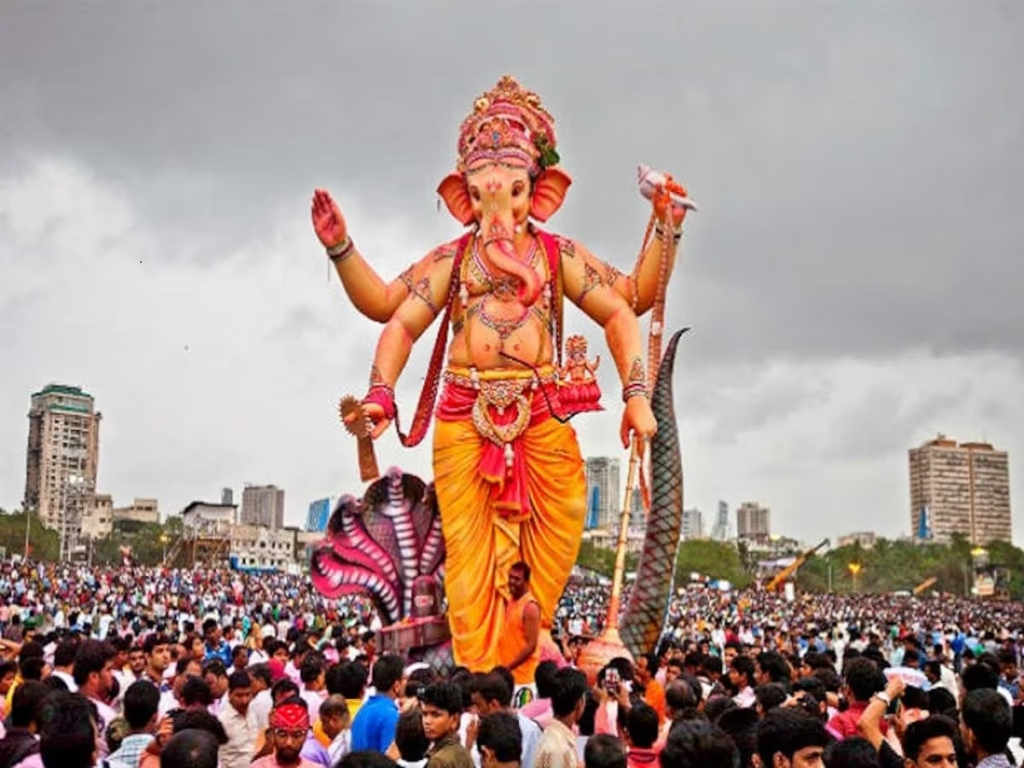
Lord Ganesha arrives in clay form and stays for 10 days before being immersed in water with thunderous chants and drums. Mumbai is the heart of the celebration, but Pune and Hyderabad aren’t far behind.
Don’t miss: The Lalbaugcha Raja idol in Mumbai — it’s iconic.
Onam – Kerala’s Harvest Festival
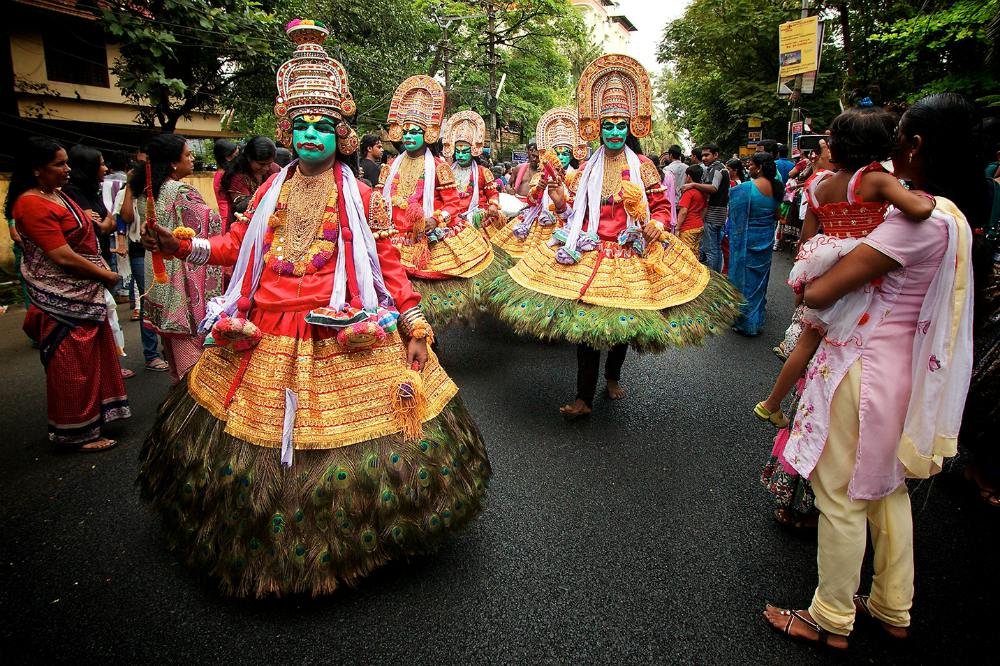
Kerala’s biggest festival is a blend of myth and agriculture. It celebrates King Mahabali’s return and includes snake boat races, Pookalam (flower carpets), and a massive feast called Onam Sadhya served on banana leaves.
Best experience: Alleppey and Kochi, where the energy is unmatched.
Navratri & Durga Puja (30 Mar, 2025 – Mon, 7 Apr, 2025)
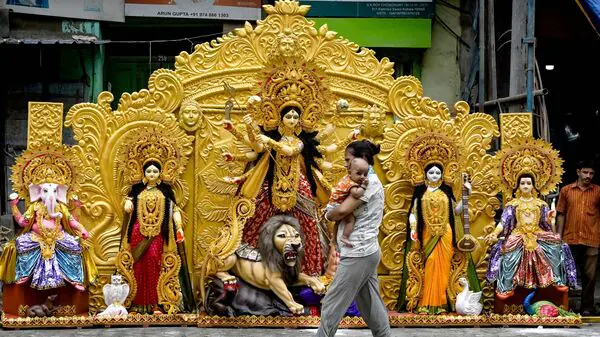
Navratri in Gujarat is a nine-night dance marathon — literally. Garba and Dandiya Raas take over the streets and clubs. Meanwhile, Durga Puja in West Bengal is about artistic pandals, goddess worship, and cultural performances.
Insider’s choice: Ahmedabad for Garba, Kolkata for Durga Puja.
Festival Frenzy – October to November
Dussehra – The Victory of Good over Evil (Oct 2nd, 2025)
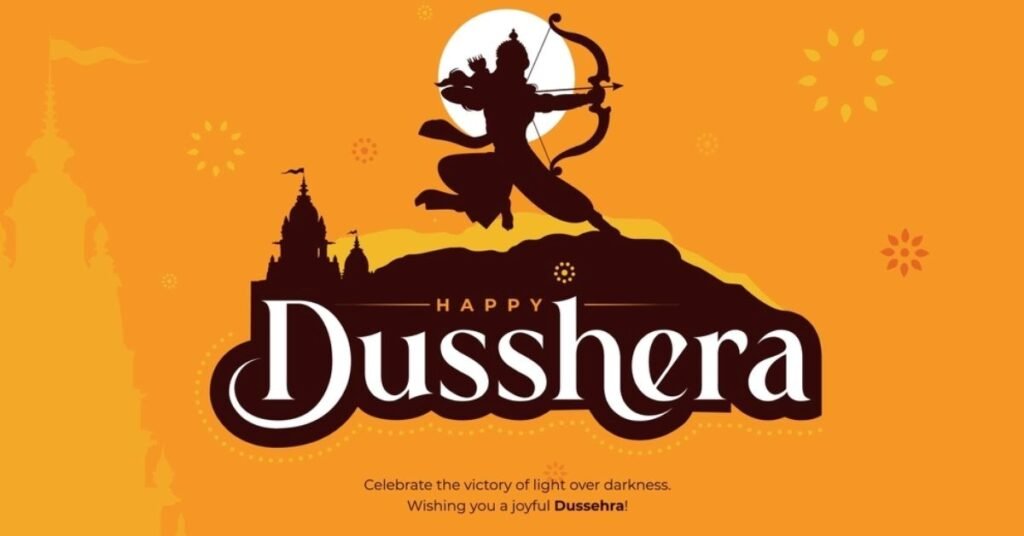
Ram defeats Ravan — and the whole country erupts in celebration. In places like Mysore and Kullu, Dussehra is an elaborate, week-long affair with decorated elephants, fairs, and cultural shows.
Highlight: The burning of Ravan effigies in Delhi and Varanasi.
Diwali – Festival of Lights (18 Oct, 2025 – Thu, 23 Oct, 2025)
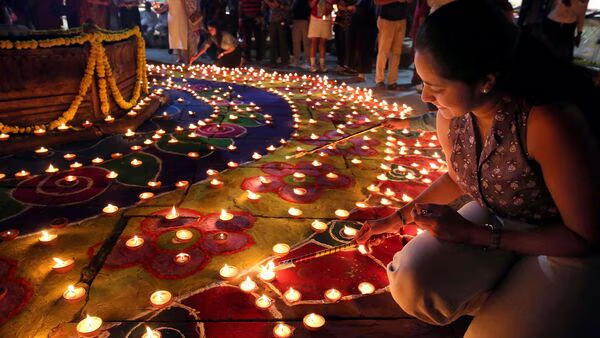
India’s biggest festival is a sensory overload — in the best way. Diyas (oil lamps), fireworks, sweets, and family gatherings mark the return of Lord Rama to Ayodhya. It’s spiritual and sparkly all at once.
Where to go: Jaipur’s lit-up streets, Varanasi’s ghats, or Ayodhya for its grandeur.
Chhath Puja – Devotion to the Sun God
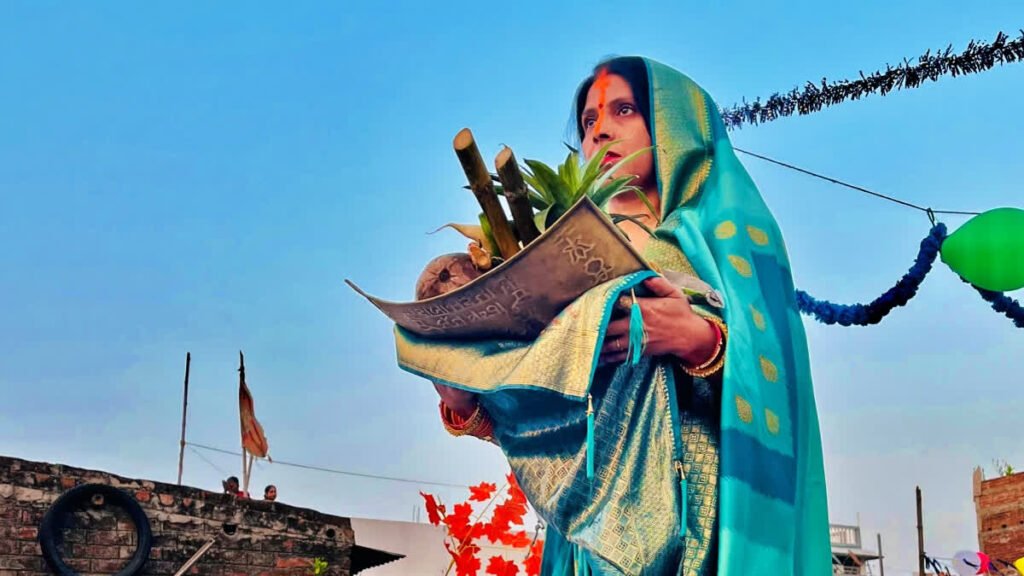
Observed primarily in Bihar, UP, and parts of Nepal, Chhath Puja is about sunrise and sunset rituals, fasting, and prayers to the Sun God. It’s tough, raw, and visually powerful.
Unique moment: Thousands standing in rivers, hands raised in devotion — goosebumps guaranteed.
Winter Wonders – December to February
Christmas – Goan Style

Think Christmas is only about snowy rooftops and hot cocoa? Think again. In Goa, it’s beachside carols, midnight masses, and Portuguese-inspired feasts.
Don’t miss: Old Goa churches and street carnivals.
Makar Sankranti & Pongal (January 14, 2025)
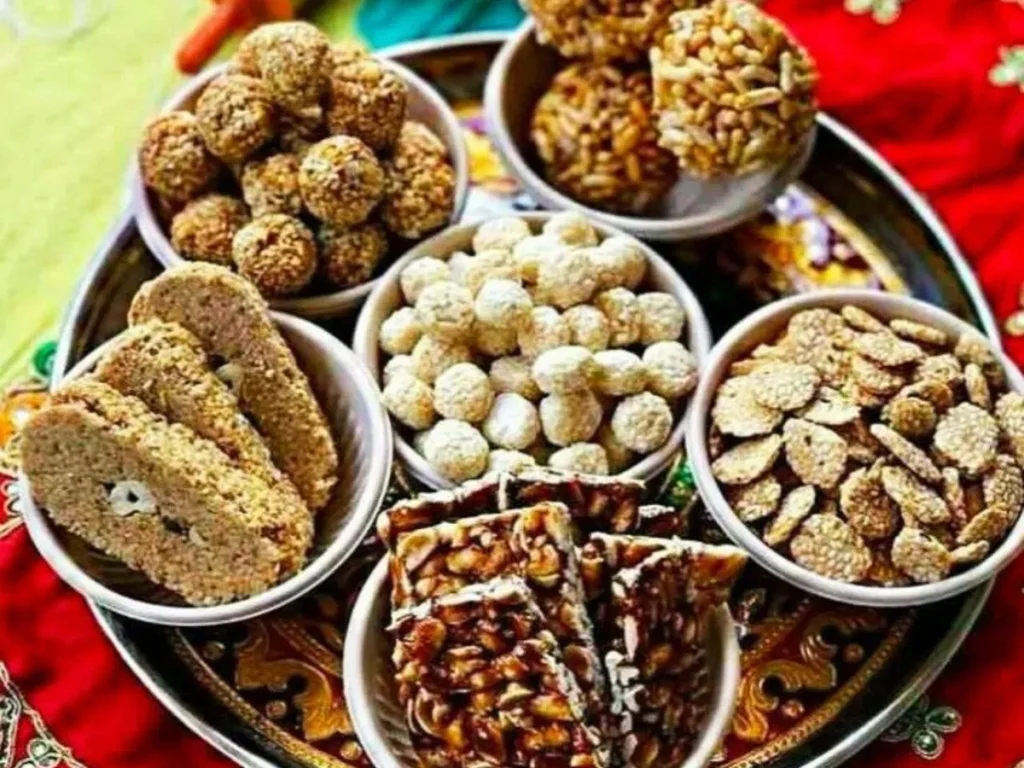
The sun shifts, the kites soar, and homes fill with sesame sweets. Makar Sankranti in the North and Pongal in Tamil Nadu both celebrate the sun god and the harvest.
Top spots: Ahmedabad for the International Kite Festival and Chennai for traditional Pongal rituals.
Republic Day Parade – A Cultural Showcase (January 26, 2025)
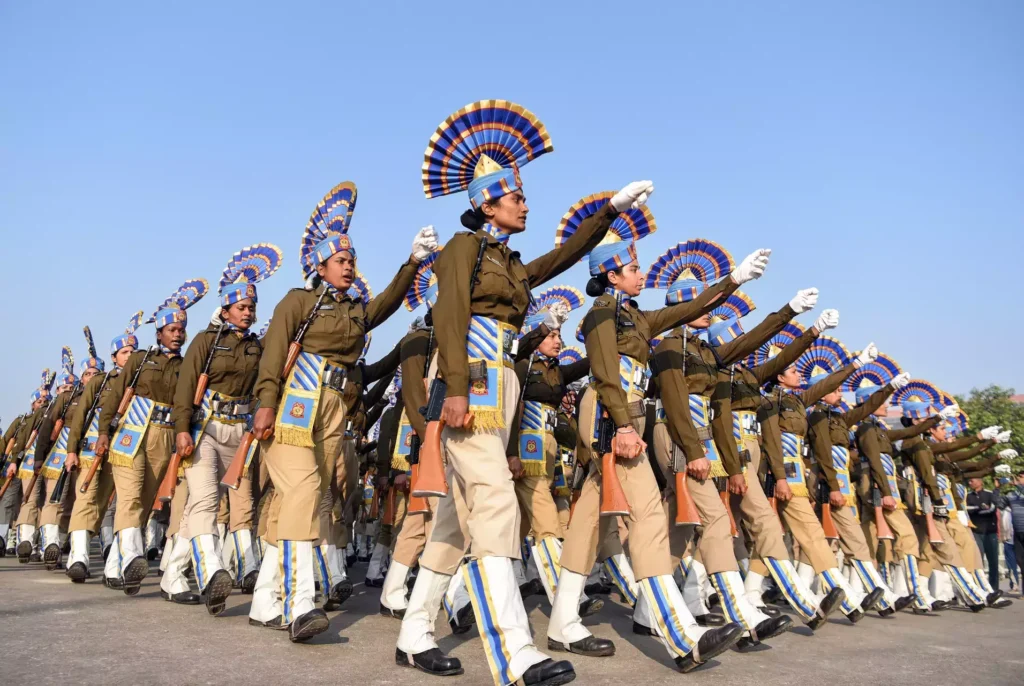
India’s unity in diversity is on full display in Delhi. Floats, military marches, stunts, and school performances make this an unforgettable spectacle.
Best seat: Kartavya Path, New Delhi — but get your tickets early!
Conclusion
Festivals in India aren’t just events — they’re full-blown experiences. Whether you’re splashing color during Holi, dancing in Navratri, lighting up your life in Diwali, or offering sunrise prayers during Chhath, every festival in India is a deep dive into its heart and heritage. So in 2025, don’t just travel through India — celebrate it.

